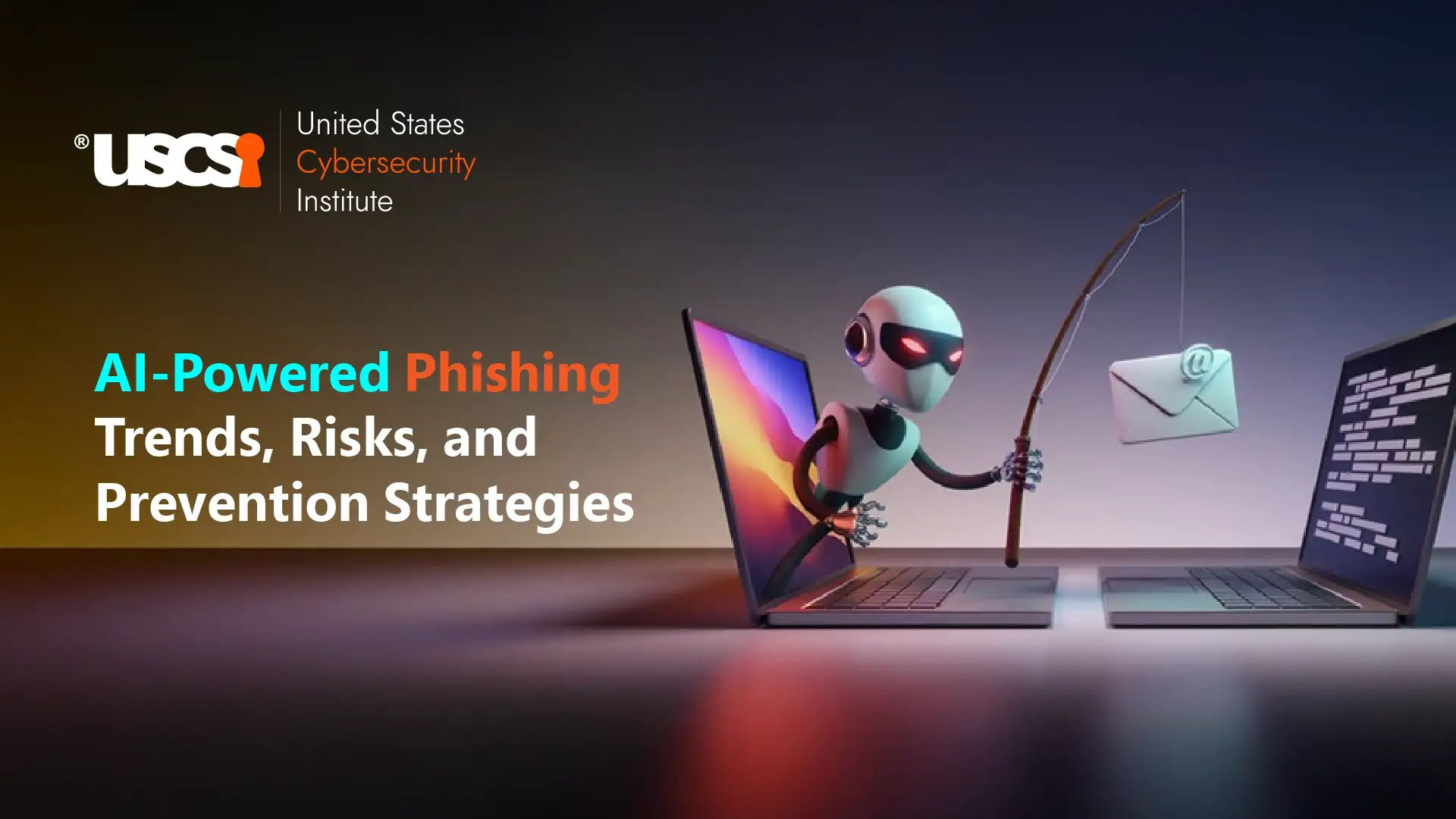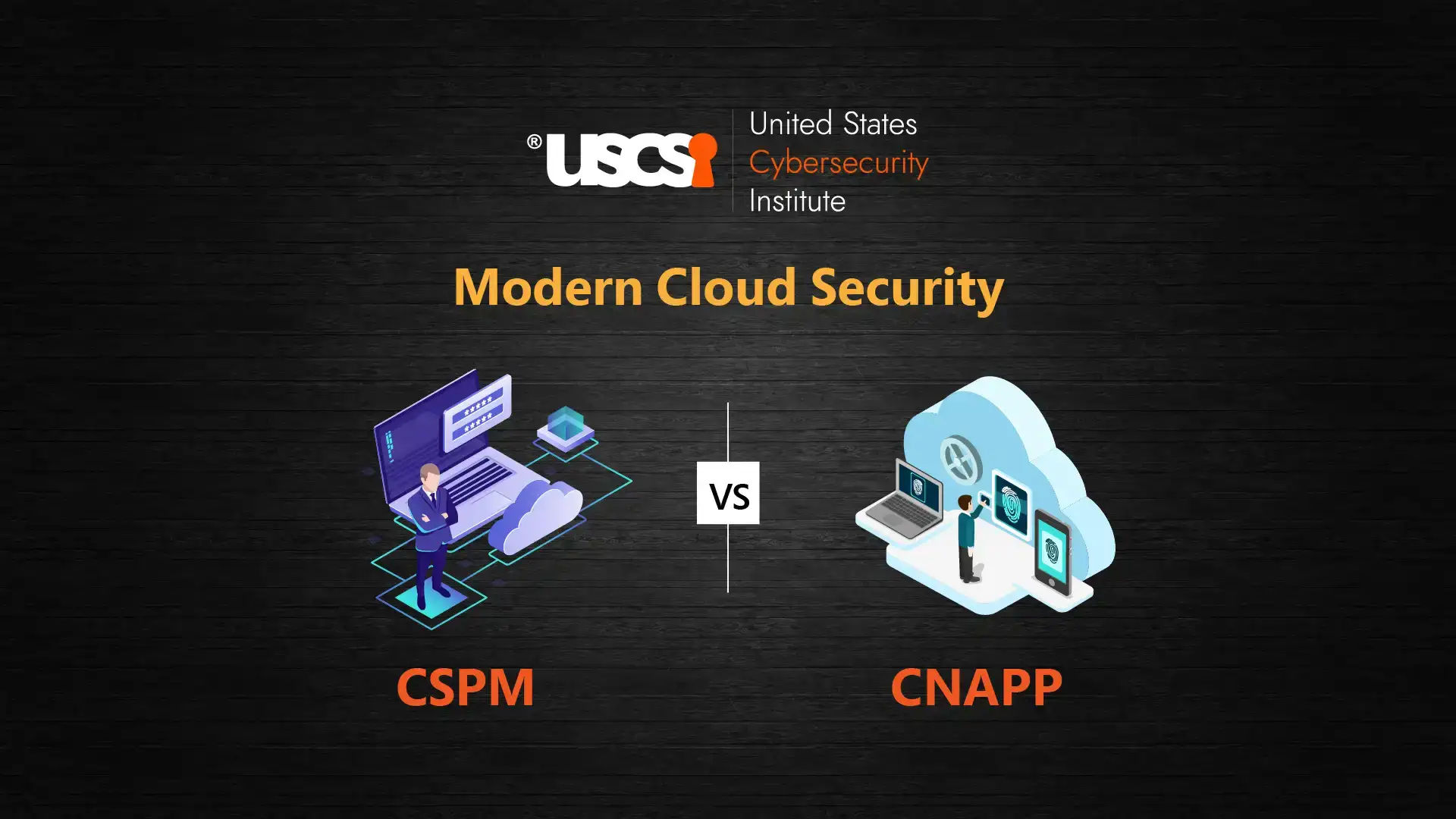

Cybersecurity Leadership for CEOs: Why Proactive Protection Matters in 2026
Cyberattack is not always about clever hackers and failed technology. It’s often a sign of deeper problems — weak cybersecurity leadership, poor internal communications, and systems that were never designed to be resilient.
Did you know that, today, only 34% of organizations have a mature cyber strategy? (Accenture, State of Cybersecurity Resilience 2025 Report)
To build a mature cyber strategy in your business, as a CEO, you need to think of cybersecurity not as a subtask for the IT department but as an integral aspect of business survival.
As a CEO or a business Leader, you have unique authority in your role; use it to effect change, to call for better systems, and to make security non-negotiable. Let’s get started to learn how build a mature, crisis-proof security strategy.
Top 8 Ways to Build a Crisis-Proof Cyber Strategy 2026
Here are the mature cybersecurity strategies you should implement to build a robust security system in your business:
-
Outdated Devices: Your Silent Open Door for Attackers
Each outdated device or unsupported system in your organization is an invitation for attackers to walk right through the door. When budgets are stretched, it’s easy to postpone the hardware refresh cycle or ignore the upgrades. But what may seem like savings today can end up costing you your reputation tomorrow.
Here’s what you need to keep track of:
- When was the last time that we refreshed devices for everyone in the company?
- Do we meet the industry or even global standards for hardware refresh?
- What security metrics are we monitoring, and are they in our board report?
-
Lead With Visibility and Accountability
Security isn’t a side project. Incorporate it as part of your leadership skills. Book quarterly security briefings with your team’s cybersecurity specialists — don’t wait until you lose dollars on a breach.
Elevate security performance on your board reports, just as a focus for revenue or growth. When you roll out any new security initiative — like a policy, or a new tool, or a set of processes — be the first to use it. Demonstrate to your employees how to implement the new security initiative. That’s how you build robust security for your business.
-
Build Cyber Culture Like You Build Your Brand
Each click, each link, each email may be your weak spot. The vast majority of cyberattacks begin with a human error — clicking on a fake link, giving away passwords, or some other strain of navigational incompetence. And that’s not just a tech issue.
Advocate for security as the culture of your company. Bring cybersecurity specialist training to encourage them to upskill.
When you, as the CEO, speak on these issues, people listen. When you incorporate them into onboarding, your employees already get it: security is important. Culture is your first line of defense.
-
Invest Now — Because Delaying Is Too Risky
When times are tight, security investments can be easy to regard as “nice-to-haves.” But the fact is, the price tag of a data breach is soaring. When you postpone, you’re not saving — you’re exposing.
So, you should budget for retooling regularly (maybe every 3-5 years), assign security baselines to roles, and possibly even cultural mindsets around device-as-a-service models where upgrades and patching are tied together.
-
CEO’s Must-Ask Security Checklist No One Talks About
You don’t have to talk in acronyms and protocols. What counts is that you ask the right questions consistently.
Ask your cybersecurity specialists:
- What recent security incidents have occurred — and were any of them avoidable?
- Are we creating tools that skew toward friction or dangerous workarounds?
- What new cyberthreats do you think we’ll have to deal with in the next 12 months?
- If you had to choose just three things to strengthen our defense this year, what would they be — and why?
These questions force clarity. They help you assess not just IT readiness, but also help your team update their awareness about cybersecurity trends 2026.
-
Don’t Underestimate the Power of Supplier Risk
Your firm is only as strong as its weakest link — and often, that link is a third-party vendor. Poor vendor controls, no background checks, or careless access management are all opportunities for disaster.
Make third-party risk a board-level issue. Vet your vendors rigorously. Implement multi-factor authentication. Leverage modern threat detection solutions such as EDR (Endpoint Detection & Response) or XDR (eXtended Detection & Response). Insist on transparency — because if your vendor gets breached, your company can hurt too.
-
Create a Continuous Feedback Loop — Not Just a One-Time Fix
Cybersecurity is not a “set it and forget it” mechanism — it’s a living, breathing one. Threats evolve. Attackers adapt. So must you.
Review your cybersecurity policies quarterly or annually. Revisit your compliance and frameworks. Track progress and gaps. Ask your security staff what succeeded, what failed, and why. Then, realign.
When security is integrated into your business rhythm — rather than treated as a side job — adapting becomes second nature. You transition from reactive to resilient.
-
Lead With Credibility & Expertise
To lead cyber well, you have to have trusted experts next to you. Invest in cybersecurity training for your team's security leaders. Assess your business vulnerabilities and train your team before it's too late through a vendor-neutral cybersecurity certification, so that their acquired skills will stay versatile.
Insist that your cybersecurity specialists gain the ultimate cybersecurity certifications — CSCS™ Certification. That adds credibility to their portfolio, boosts their cybersecurity career, and also shows your whole organization that you support real expertise.
Your team certainly doesn’t need to turn into cybersecurity experts overnight, but through primary education and certification, you bring everyone up to a certain standard that matters.
Key Takeaways
If you, as a CEO, fail to change your own leadership in the world of cybersecurity, then you’re taking chances with your organization’s future. The stakes are high — there’s real financial loss, reputational damage, and potential impact to customer trust.
But with the right plan of action — asking smart questions, finding ways to prioritize refresh cycles, developing a culture, and investing in your team’s cybersecurity training programs — you can take security from threat to strength.
Lead smarter than ever with these security strategies and unlock the business safety in return!




